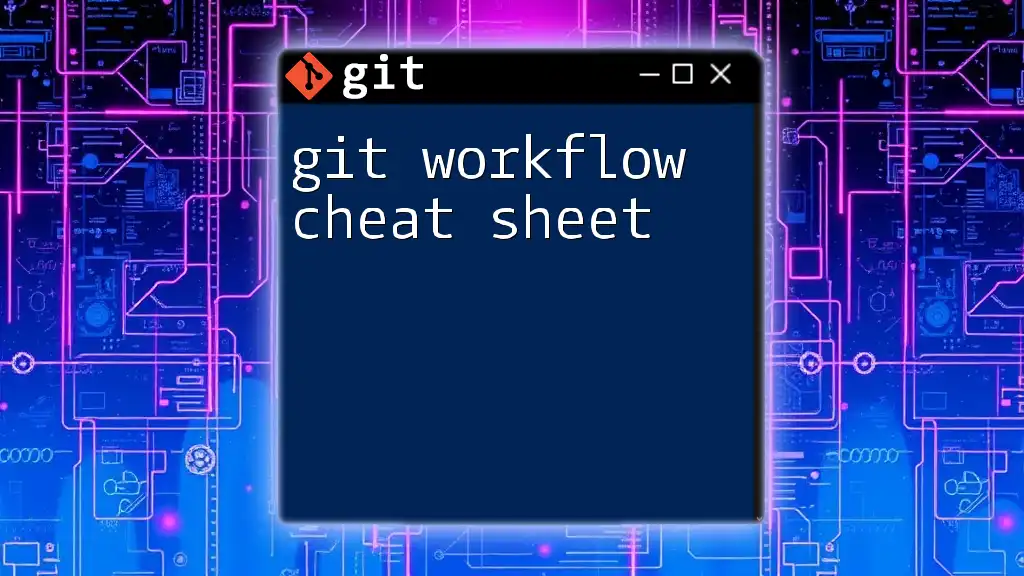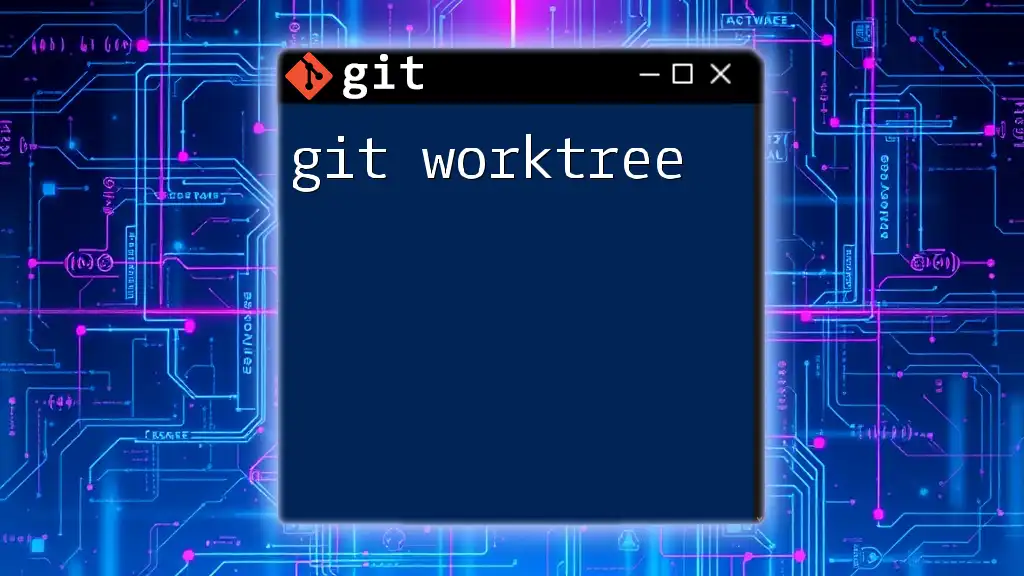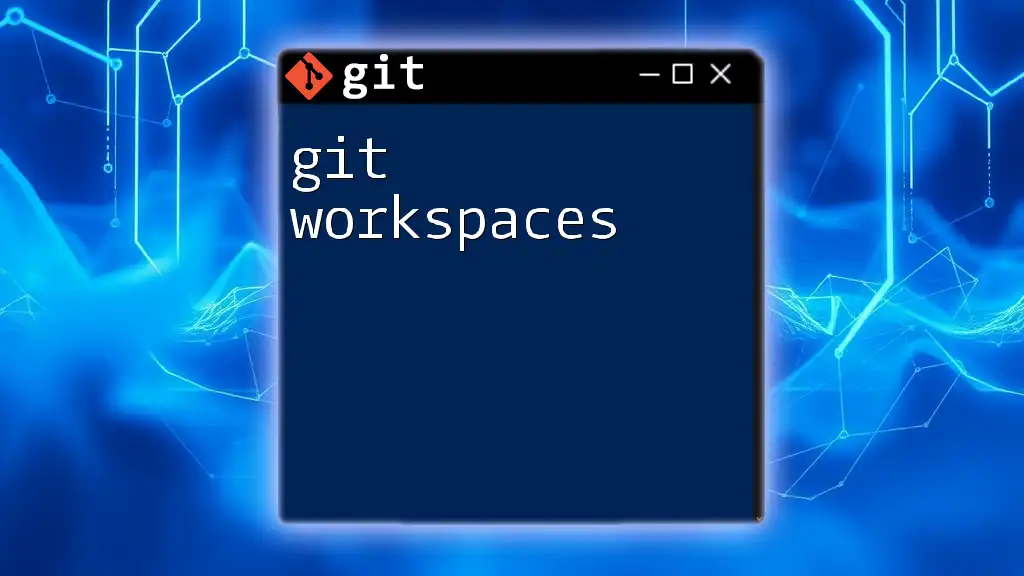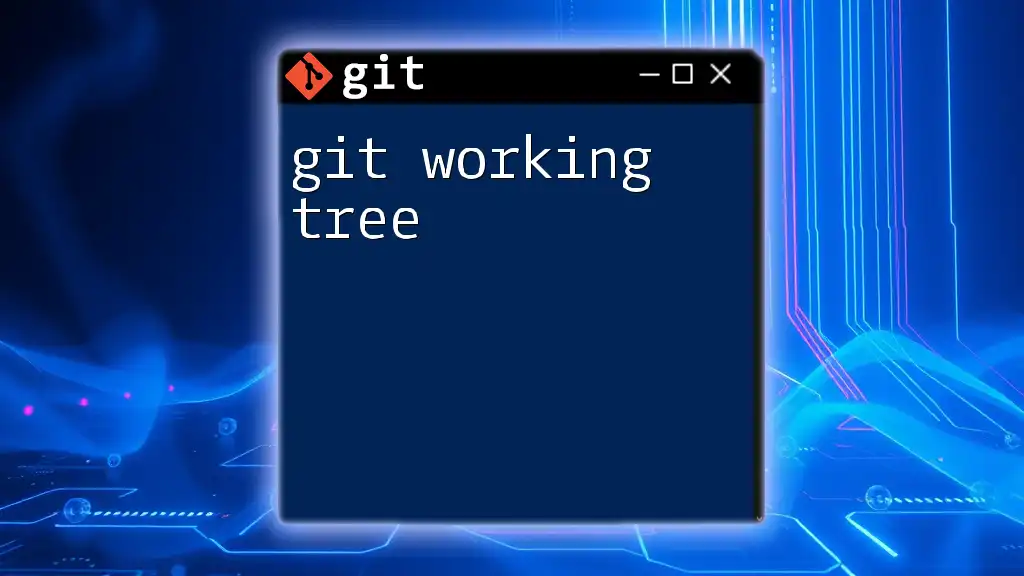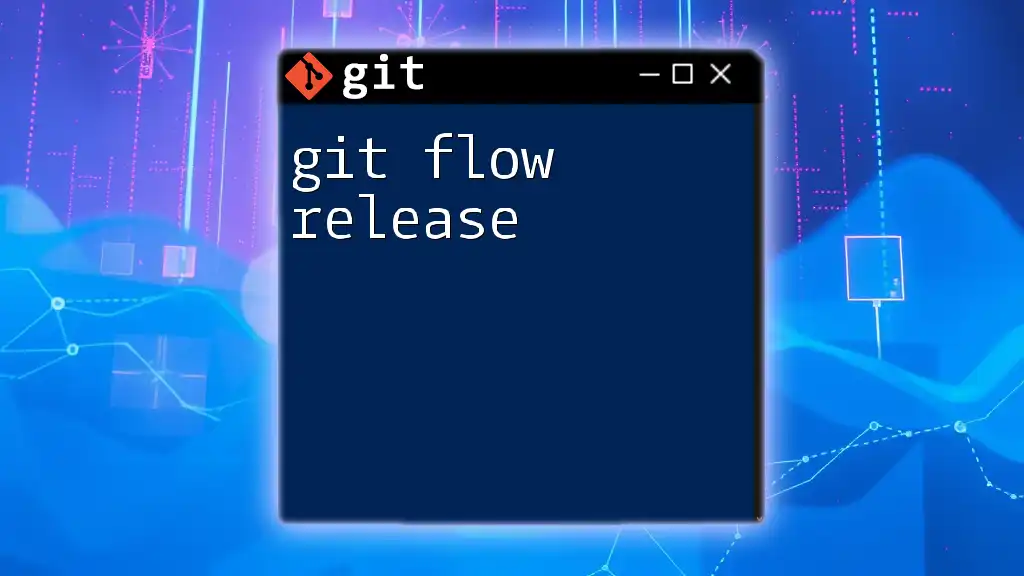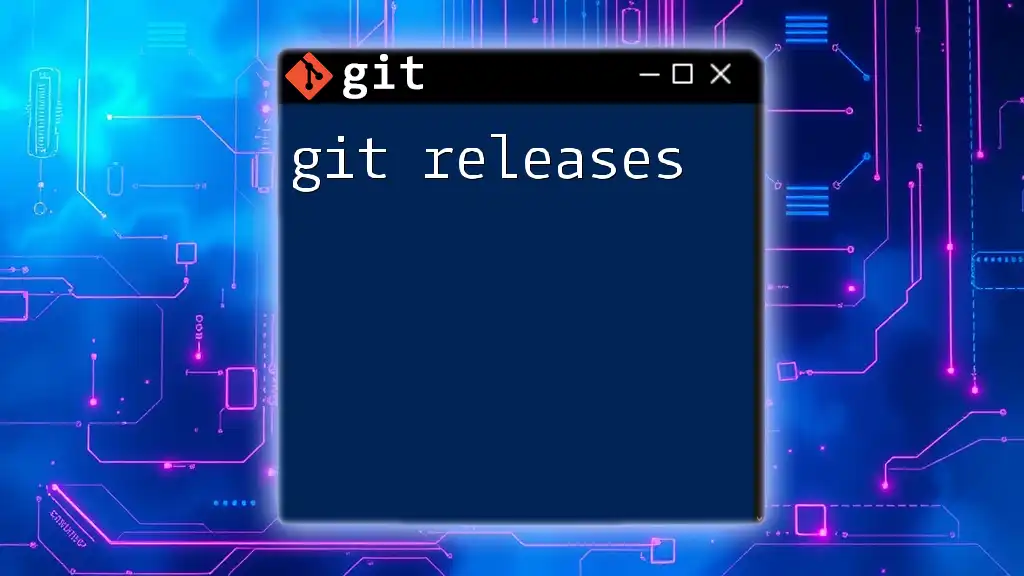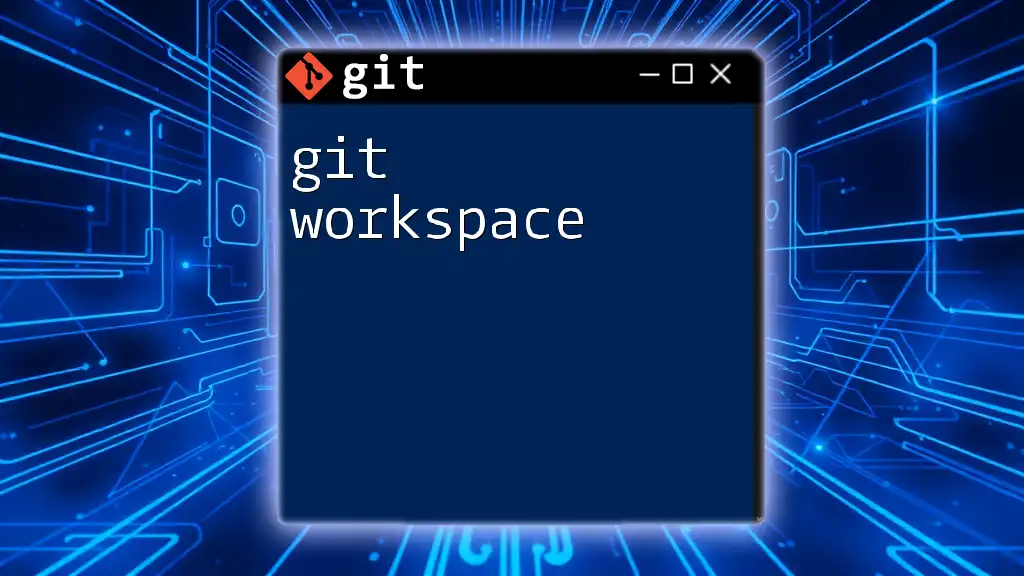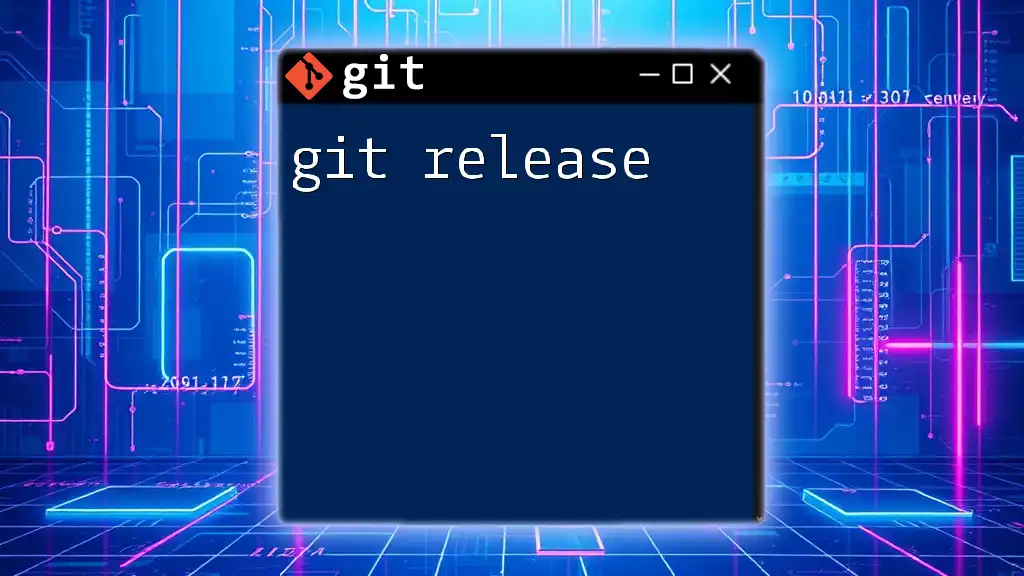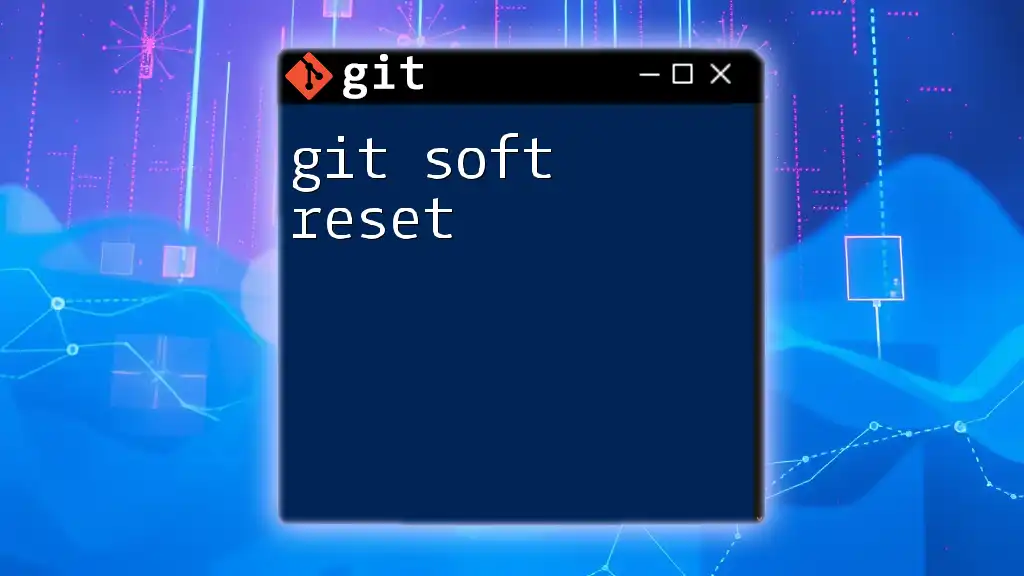A Git workflow cheat sheet provides a quick reference guide with essential Git commands to streamline version control tasks and improve efficiency in collaborative projects.
# Initialize a new Git repository
git init
# Check the status of your repository
git status
# Add changes to the staging area
git add .
# Commit changes with a message
git commit -m "Your commit message here"
# Push changes to the remote repository
git push origin main
# Pull the latest changes from the remote repository
git pull origin main
# Create a new branch
git checkout -b new-branch-name
# Switch to an existing branch
git checkout existing-branch-name
# Merge a branch into the main branch
git merge branch-to-merge
Key Concepts in Git
Repositories
A repository is a structured directory that contains all the files and folders related to your project, including a history of changes made to each file. There are two primary types of repositories:
- Local Repository: This is the version of the project stored on your local machine. You have access to every file and the full history of changes.
- Remote Repository: This is a version stored on a server, allowing collaboration with others. Changes made locally can be pushed to this repository.
Commits
Commits are snapshots of your project at specific points in time. Each commit contains the changes made, who made them, and a message describing the changes.
Best practices for committing include:
- Commit often: Small, frequent commits are easier to track and debug.
- Meaningful messages: Write clear, concise commit messages to explain what changes have been made.
Branches
Branches allow you to create multiple versions of the same codebase concurrently. They are essential for collaboration, helping developers work on features independently without disrupting the main code.
Different types of branches include:
- Feature Branches: Created for new features.
- Release Branches: Used when preparing for a new release.
- Hotfix Branches: For critical fixes in production.
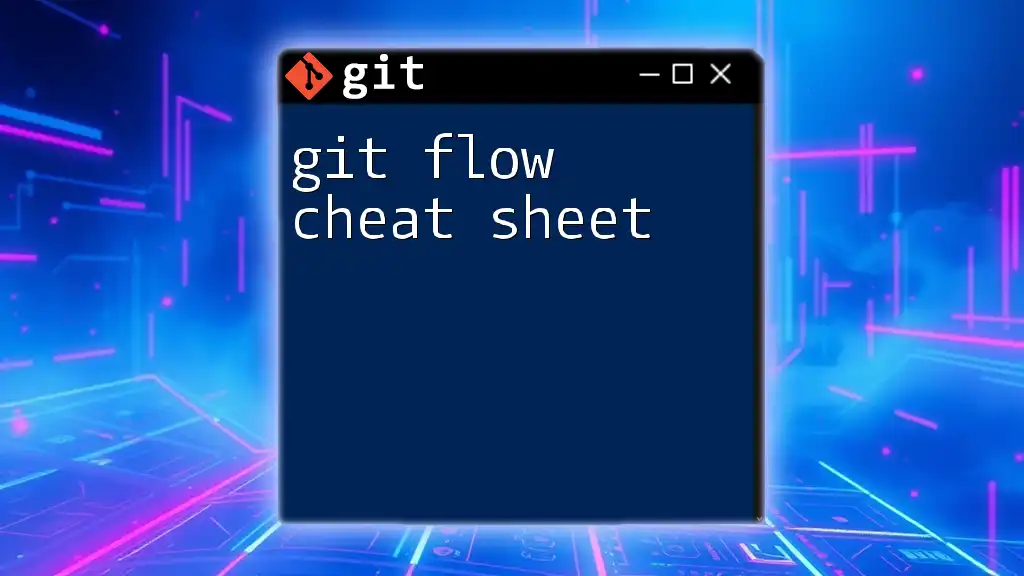
Basic Git Commands Cheat Sheet
Starting a New Git Repository
To initiate a new Git repository, use:
git init
This command will create a new `.git` directory in your project folder, initializing it as a Git repository.
Cloning an Existing Repository
To clone an existing repository from a remote source, utilize:
git clone <repository_url>
This command will create a copy of the project locally, maintaining all history from the remote repository.
Workflow Commands
Viewing the Status
To check the current state of your working directory and staging area, execute:
git status
This command provides useful information about which files are staged, which are modified, and which files aren’t being tracked.
Adding Changes
To stage changes you want to include in your next commit, use:
git add .
The `.` signifies all changes. You can also specify individual files:
git add <file_name>
This is a crucial step in ensuring only desired changes are committed.
Committing Changes
Once you’ve staged your changes, commit them using:
git commit -m "Your commit message"
The commit message should be descriptive enough for others (and your future self) to understand the change without additional context.
Pushing Changes
To push your local commits to a remote repository, use:
git push origin <branch_name>
Replace `<branch_name>` with the current branch, commonly `main` or `master`. This command uploads changes to the specified branch on the remote.
Pulling Changes
To fetch and merge changes from a remote branch into your current branch, run:
git pull origin <branch_name>
This command is crucial for keeping your local repository up-to-date with the latest changes made by your collaborators.
Branch Management Commands
Creating a New Branch
To create a new branch and switch to it, execute:
git checkout -b <new_branch_name>
This command is essential for starting new features or making changes.
Switching Branches
Change between existing branches using:
git checkout <existing_branch_name>
This allows you to navigate back to earlier work or features.
Merging Branches
When you’re ready to integrate a feature branch into your main branch, use:
git merge <branch_to_merge>
This command merges the specified branch into your current branch.
Deleting a Branch
After merging or if a branch is no longer needed, clean up by deleting it:
git branch -d <branch_name>
This helps maintain a clear project structure.

Advanced Git Workflow Techniques
Using Pull Requests
A Pull Request (PR) is a critical component of collaborative Git workflows. It allows developers to propose changes and request reviews before merging them into the main codebase. The general workflow includes:
- Creating a Pull Request: After pushing your feature branch, create a PR on the hosting service (like GitHub).
- Conducting Reviews: Team members comment and review the proposed changes.
- Merging the PR: Once approved, merge the changes into the main branch.
Handling Merge Conflicts
Merge conflicts arise when two branches have competing changes to the same line of code or file. To resolve these conflicts, follow these steps:
- Identify Conflicts: When merging, Git will alert you if conflicts arise.
- Open the files: The conflicting areas will be marked with special conflict markers.
- Manually resolve: Edit the file to remove conflict markers and decide on the final version.
- Stage and commit the resolved files:
git add <file_name>
git commit -m "Resolved merge conflict"
Reverting Changes
To undo a commit without altering the project's history, use:
git revert <commit_hash>
This command creates a new commit that reverses the changes made in the specified commit, maintaining a clear historical record.
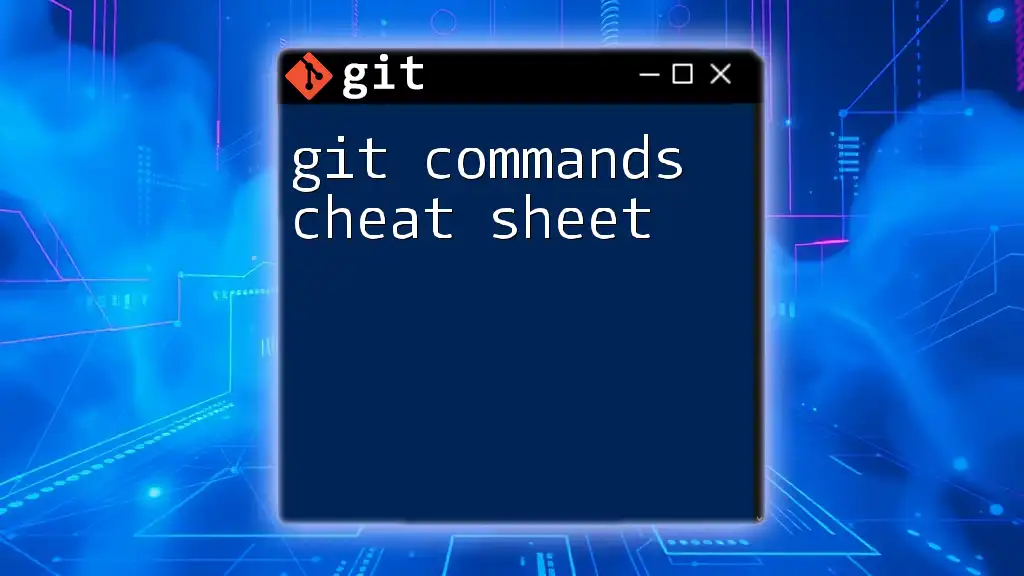
Best Practices for Structured Git Workflow
Feature Branch Workflow
The Feature Branch Workflow involves creating a new branch for each feature or bug fix. This isolation enables developers to work without affecting the main code base, enhancing collaboration and minimizing disruption.
Advantages of this approach include flexibility in development and easier bug tracking.
Git Flow Workflow
Git Flow is another established workflow that uses multiple branches for the development process, categorizing work into distinct roles:
- Develop Branch: Integration branch for features.
- Master Branch: Stable production-ready code.
- Hotfix Branch: Urgent fixes to the production branch.
This structured approach offers clarity and organization in handling multiple features and releases.
Continuous Integration / Continuous Deployment (CI/CD)
CI/CD is crucial for modern software development, allowing teams to automate their testing and deployment processes. Integration with Git enables automatic builds and tests every time changes are pushed, ensuring immediate feedback.
Consider popular CI/CD tools like Jenkins, CircleCI, or GitHub Actions to streamline your workflow effectively.
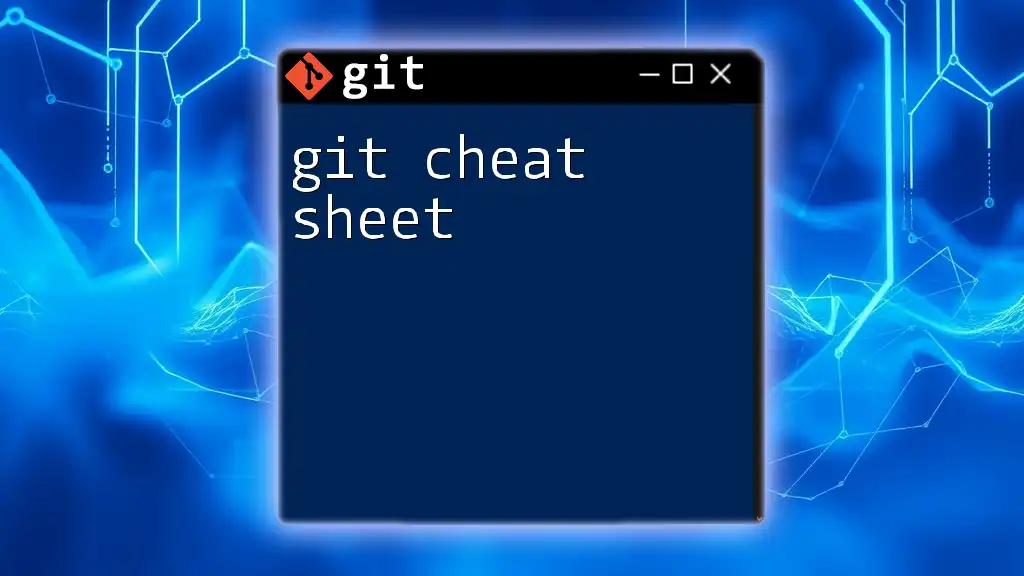
Conclusion
A well-defined Git workflow is paramount for effective collaboration and project management. By understanding and applying the commands and concepts outlined in this git workflow cheat sheet, you can enhance your productivity and maintain a clean project history.
Regular practice and adhering to best practices will foster your skills in Git, ultimately leading to a more professional development experience.
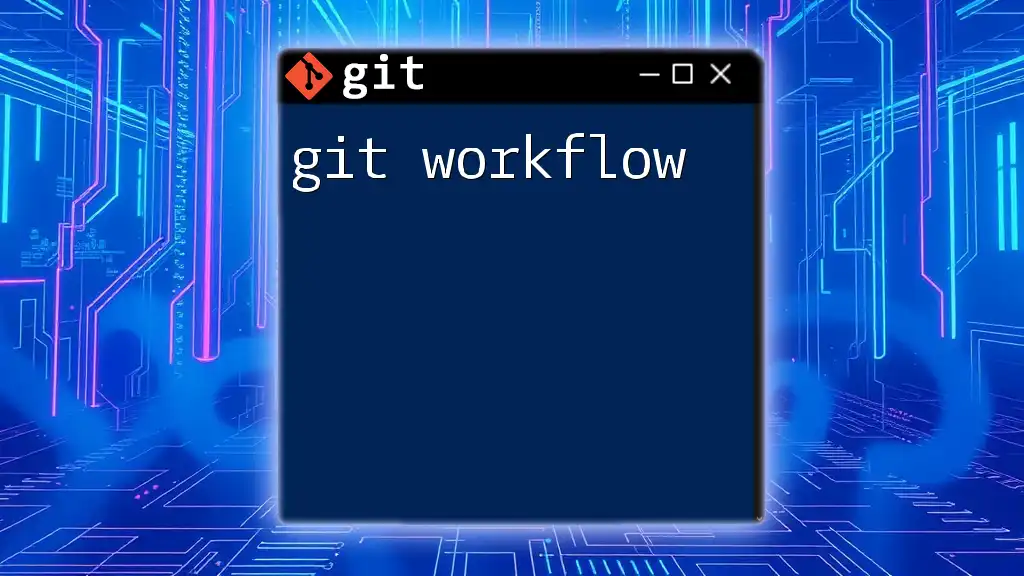
Additional Resources
Recommended Reading
Explore books on version control and Git for deeper insights and understanding of advanced concepts.
Tutorials and Courses
Online platforms offer tutorials and courses to help you master Git through hands-on learning. Don't miss out on these resources for practical experience.
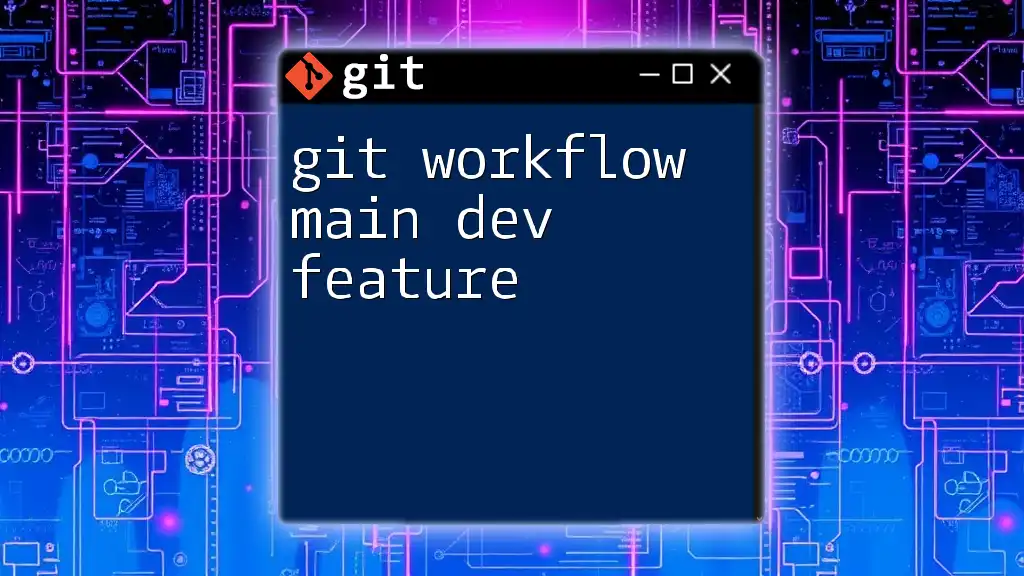
FAQs About Git Workflows
Here, we address common questions related to Git workflows, providing clarity and guidance to users new to version control. By clarifying these topics, you can confidently navigate the world of Git and collaborative development.

